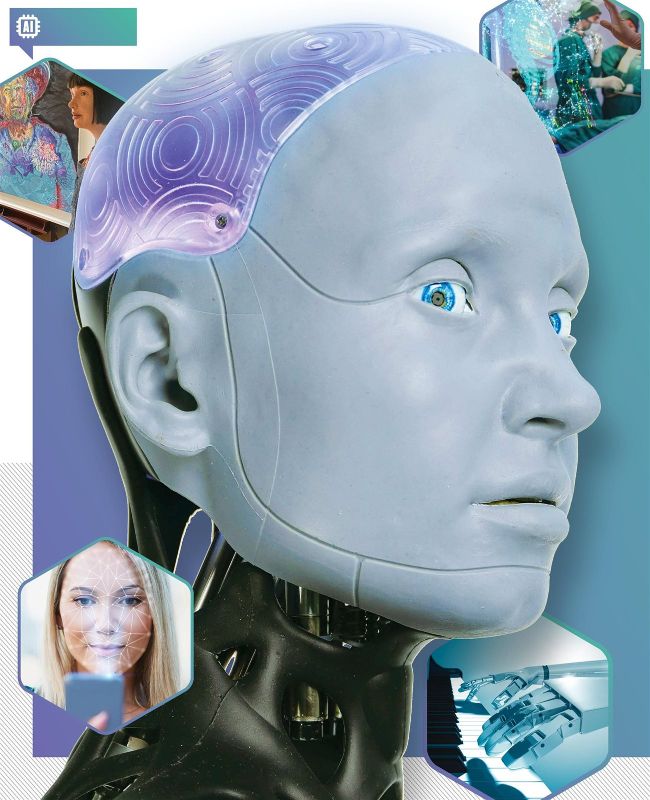HOW AI WILL CHANGE YOUR FUTURE
Artificial intelligence is no longer the stuff of science fiction. Here are the many ways it’s changing our world
WORDS SCOTT DUTFIELD

© Engineered Arts
The term ‘artificial intelligence’, or AI, was first used by American computer scientist John McCarthy in 1955 and relates to the science of making machines ‘intelligent’. But AI isn’t a recent technology – the concept has been around since the early 1900s as basic programs to solve mathematical equations. British logician Alan Turing famously cracked German military code during World War II, but he also designed one of the first ‘intelligent’ machines, now known as the Turing machine. The tape-driven device was created to solve simple calculations such as the square root of high numbers, and can even solve a sudoku puzzle.
DID YOU KNOW?
By 2024, more than 8 billion voice-activated assistants will be in use worldwide
Since then, AI has become a multibillion pound industry that has infiltrated every sector in some way. Today you would be hard-pressed to look around a room and not find some form of AI-assisted technology. Smart assistants such as Alexa, smartphone facial recognition, spell checking and even your Netflix suggestions all use AI that learns your preferences, physical qualities and online behaviour. AI learns all these things similar to the way the human brain learns.
At the most basic level, information that’s fed by your senses to your brain, such as sight, sound and taste, is translated and given meaning. When you hear a meow, your brain recognises the noise and correctly associates it with a cat. The aural information is detected by the ears, an electrical signal is generated and carried through cells called neurons, translated by the brain and attributed meaning.
Did you know?
82 million Amazon Echo devices were sold in 2022
THE THINKING MACHINE
The concept of artificial intelligence might seem like a modern-day technological venture, but the first piece of technology that was comparable to human intelligence was created in 1956 by computer pioneers Herbert A. Simon and Allen Newell. Also known as the ‘thinking machine’, the Logic Theorist was a computer program to solve mathematical statements laid out in a collection of foundational mathematics books called Principia Mathematica, written by Alfred North Whitehead and Bertrand Russell. Of the 52 statements or theorems in the books, the Logic Theorist proved 38 of them and even offered a more in-depth answer to one theorem than that put forward by its creators.